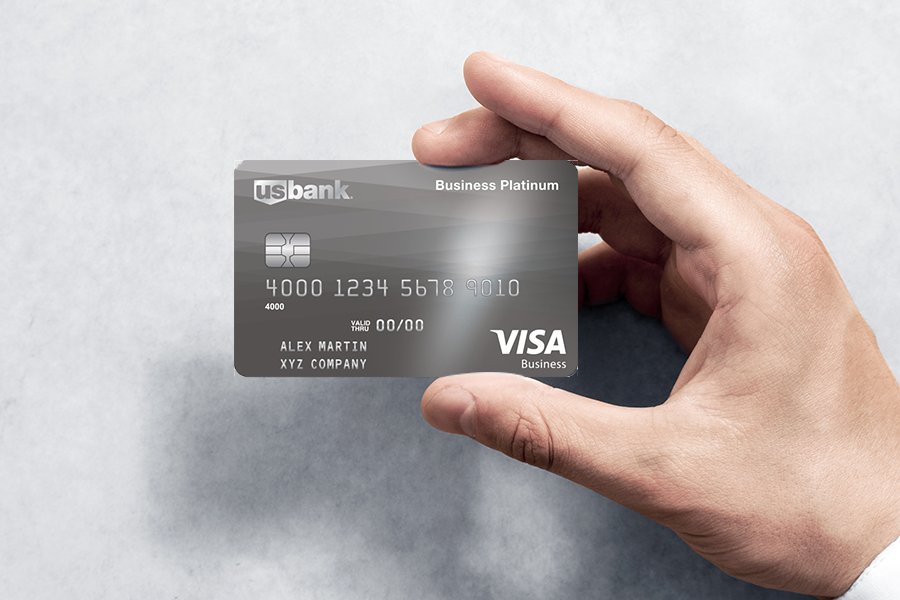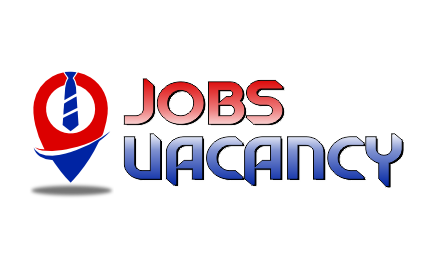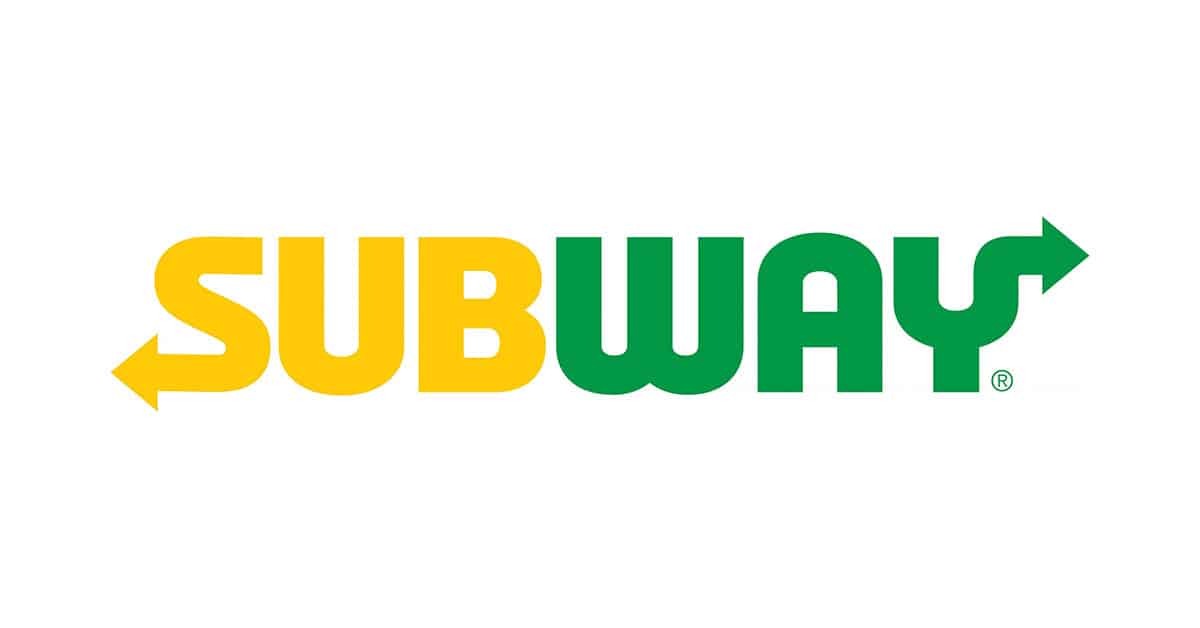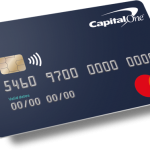Credit Services: Whether you’re making a planned purchase or faced with an expensive emergency, access to extra credit cards can be pivotal in keeping your finances balanced. To broaden your financial options, it might be helpful to request an increase on your credit limit. Depending on your credit history, this can be a smart financial move. While credit cards can be incredibly useful tools for making purchases (when used prudently), their utility is limited if you don’t have enough credit to support your needs. When you’re faced with high emergency expenses or you want to make a big-ticket purchase, having a higher credit limit can make all the difference.
Understanding Credit Utilization and Its Impact
Credit utilization refers to the amount of credit used on credit cards and other lines of credit. This rate is calculated by comparing the credit you’re using to the total credit available to you. Experts suggest keeping your credit utilization rate below 30% for optimal financial health.
What is Credit Utilization?
Your credit utilization rate is the ratio of your current credit card balances to your total available credit limit. This metric is closely monitored by credit bureaus, as it’s a significant factor in determining your credit score. The lower your credit utilization, the better it is for your overall creditworthiness.
Calculating Credit Utilization Rate
To calculate your credit utilization rate, simply divide your total outstanding credit card balances by your total available credit limit, and then multiply by 100 to get the percentage. For example, if you have $3,000 in total credit card balances and $10,000 in total available credit, your credit utilization rate would be 30%.
Benefits of Lower Credit Utilization
Maintaining a low credit utilization rate can have several benefits. First, it can help boost your credit score. Credit bureaus view a low utilization ratio as a sign of responsible credit management, which can positively impact your overall creditworthiness. Additionally, a lower credit utilization rate can improve your buying power by providing you access to better interest rates on loans, insurance premiums, and even rental applications.
One effective way to lower your credit utilization rate is to request a credit limit increase from your card issuer. By increasing your available credit, the ratio of your debt to your total credit limit will decrease, resulting in a lower credit utilization rate and potentially a higher credit score.

Requesting a Credit Limit Increase
Your credit limit is determined in part by your creditworthiness, which is reflected in your credit score. Other factors taken into consideration are your payment history, amounts owed, length of credit history, new credit, and credit mix. Before requesting a credit limit increase, make sure you know where you stand. If your credit score has improved since you got your credit card, your chances of being approved for a higher limit may be better. Conversely, if your credit score has dropped due to missed payments or other negative factors, your chances may be lower.
Your income and expenses also play a major role when determining how much of an credit limit request you may qualify for. You should be confident that you’re able to manage a higher credit limit responsibly. Ideally, you should be able to manage a low debt-to-income ratio and few expenses or debts even after your credit limit increases.
Factors Influencing Credit Limit Increase Approval
Your credit score is a crucial factor in determining your creditworthiness and the likelihood of your credit limit increase being approved. If your credit score has improved since you first obtained the card, you may have a better chance of getting an increase. Conversely, if your credit score has declined due to missed payments or other negative factors, your chances may be lower.
Credit Score
Your credit score is a major consideration for the card issuer when evaluating your request for a credit limit increase. A higher credit score indicates that you have a history of responsible credit management, making you a more attractive candidate for an increase. Lenders want to ensure that you have the financial capacity to handle a higher credit limit without overextending yourself.
Income and Expenses
Your income and expenses also play a significant role in the credit limit increase approval process. The card issuer will want to ensure that you have the financial capacity to manage a higher credit limit responsibly, with a low debt-to-income ratio and few outstanding debts or liabilities. Your ability to demonstrate a stable and sufficient income, as well as control over your expenses, can positively influence the decision.
Existing Debts and Liabilities
The card issuer will also consider your existing debts and liabilities when evaluating your credit limit increase request. Outstanding loans, such as student loans or a mortgage, could impact your chances of getting an increase approved. The lender wants to ensure that adding a higher credit limit won’t overburden your financial situation and lead to potential delinquencies or defaults.

Credit Services: The Credit Limit Increase Process
Initiating the process to increase your credit limit can often be done conveniently online or through your mobile banking app. Alternatively, you can make this request directly over the phone or by submitting the necessary paperwork by mail. Regardless of the method you choose, you may need to provide some personal and financial information, such as your income, employment status, assets, and any existing debts.
Required Information
The financial institution you’re working with should provide you with a comprehensive list of all the potential documentation needed to support your credit limit increase request. Be sure to have this information ready before you begin the process to ensure a smooth and efficient application.
Credit Services: Review and Approval Timeline
After you’ve made your inquiry, you may be asked to clarify the reasons behind your request for a credit limit increase. It’s important to be clear and accurate in your response, and don’t hesitate to seek further clarification if needed. The approval timeframe can vary by institution, but with U.S. Bank, you can typically expect to receive a notification about the status of your request within an average of 3 days.
















